
Blast-off
It was really just a matter of time before I jumped behind the wheel of an online course and drove it recklessly towards the edge of reason (licks chops eagerly). Today marks my initiation as a University of Colorado Denver instructor with sights set intently on a graduate course called, Planning and Designing for Instruction. The course cement is still fairly wet with this one, having only been taught two semesters prior (one of which I experienced as a TA), so I’m really excited to be a part of its early evolution. I’m also very excited to welcome the 20 students who will be joining me on the journey — hope they're prepared for a bumpy but memorable ride!
Proximal Relevance
When I first caught word of this course being introduced to the Information Learning Technology graduate program about a year ago, I recall my reaction being a mild mix of frustration and anticipation. I was excited knowing that it would become a foundational course in the program I knew so well and simultaneously frustrated that I never had the option of taking it when I was a graduate student. I had always felt as though the program was missing a foundational course on instructional design. I recall courses in learning theory, trends and research, and the culture of digital, but always felt an experience tied to practical application and problem solving was missing. There was a need for a course which created intrinsic motivation and provided a layer of relevance to a range of existing courses.
In my mind, this course represents an important key that will help to unlock many of the other wonderful courses that make up the plans of study for the ILT Master’s Program at UC Denver. Regardless of your ultimate professional path, the development of skills necessary to design instructionally-sound solutions is universally valuable and is likely to shine a light on a variety of adjacent studies.
Critical Acclaim
Before dissecting the course in a little more detail, I must first provide credit where credit is endlessly due. Longtime ILT faculty member (one I’ve grown to respect in too many capacities to count), Jenna V. (I'm working on getting her on Steemit), is the true force of design behind this course. Her early conceptualization and mentorship can’t be emphasized enough, and without her input, the course would never have seen the light of day (or is it the code of darkness?). Anyway, Jenna still teaches with relentless kindness and passion, and the ILT program will forever benefit from her lasting legacy. No matter how many are dished out, praises to Jenna will always be in order!
Full Transparency
So what the hell have I been up to over the summer with regards to this reboot? Here’s a less-than-exhaustive list of course additions and alterations. For those of you currently taking the course, you get an inside peek at how these effect (for better or worse) the overall experience. I believe that an ultimate focus on openness leads inevitably towards more authentic relationships, so I’m excited to open the hood for anyone willing to take a look.
Architecture
Although the core components of the course are mostly intact, the informational structure underwent a fairly significant overhaul. The course is now organized into 4 major phases (Dream & Discover, Design & Engage, Develop & Evaluate, Deliver & Reflect). These are each then broken into 2 major units, each of which are further divided into 2 modules. The hope is that this provides a simple-to-follow structure and establishes some design street-cred. (seemed important given the goals of the course).
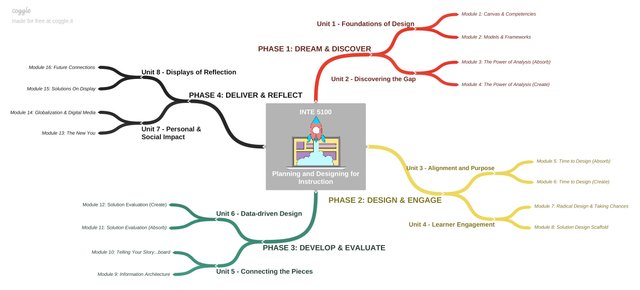
Memetic Injection
Next up…we’ve got fresh memes in all the right places. This may seem trivial, but I believe deeply in the power of cultural relevance. Learning experiences exist at a moment in time, and societal realities MUST influence our ability to connect with the content we provide and the intended outcomes we aim to have learners achieve.
These offer a sneak preview of course units for anyone who can read between the memetic lines.
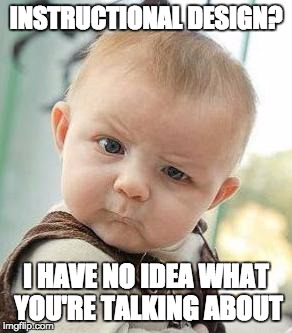
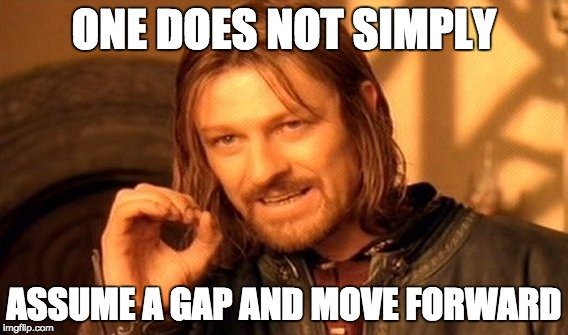
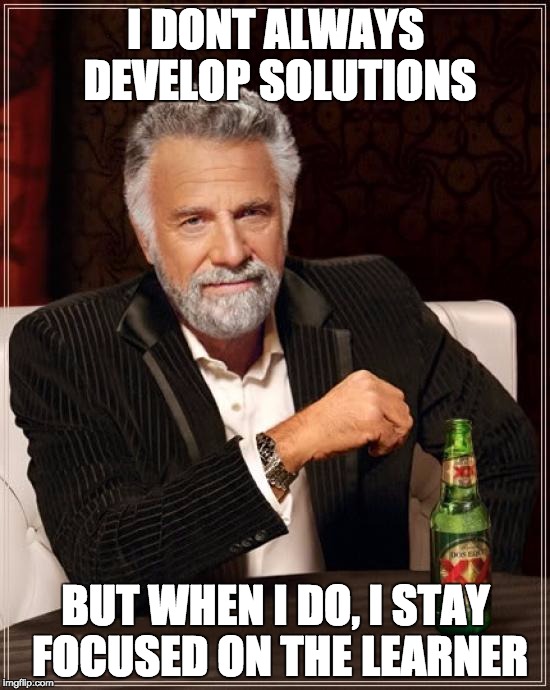


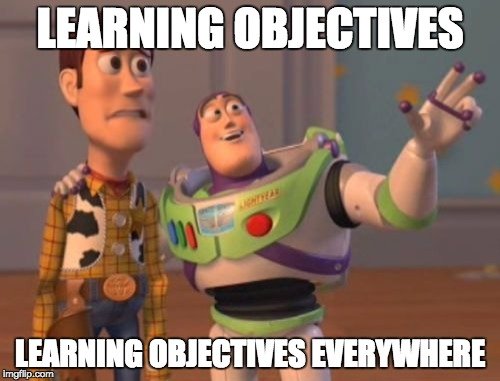

Frameworks
The course has been injected with a variety of new solution design frameworks (simple to complex) to help model a variety of modern thinking and design patterns that are helping to shape the world and leading to the exponential rate of global solution design. Hopefully students can glean some connective insights from a broad review of these visual models. As with any problem, it’s never a matter of finding the perfect solution, but instead, a matter of finding the overlapping mindsets that lead to creative and contextually relevant approaches that lead to the potential for iteration and improvement.
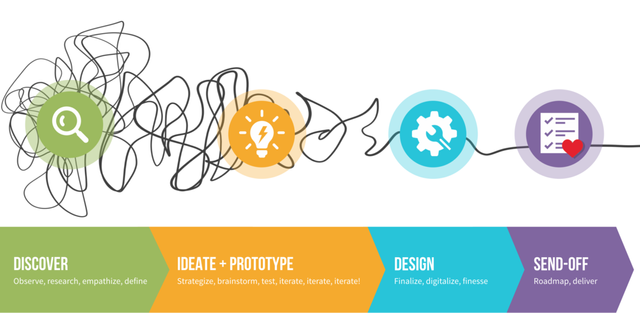
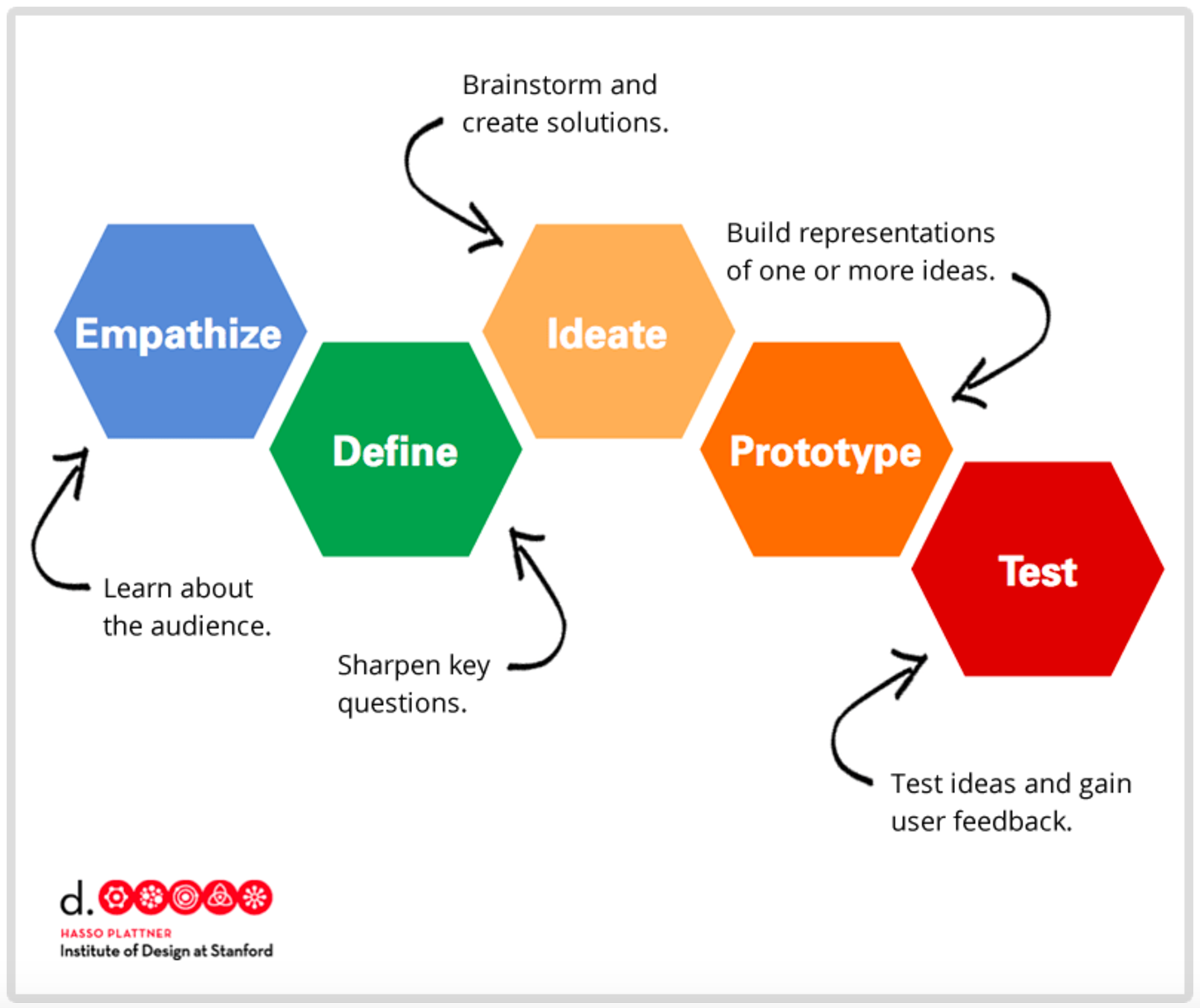
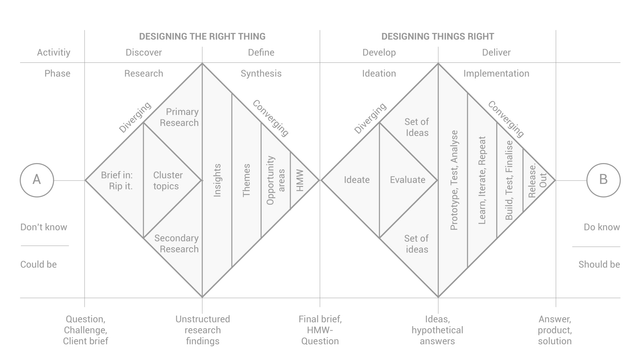
Frameworks from: Google Ventures | Standford D.School | UK Design Council
Mutual Horizon
As I look towards the future for this semester and course, I’m nothing if not optimistic and enthusiastic. The ILT graduate program has afforded me knowledge, opportunity, and most importantly, relationships that I’ll value for a lifetime. I’m excited to offer the same opportunities to students with whom I can truly empathize. As we all look towards our shared horizon as educators and learners, this course feels as though it has a distinct purpose and place. Avoid the comfort of contentment. learn more about the problems you know exist. And never stop creating!
Much ❤
@Tayken
Connect on: Instagram | Twitter | Facebook | Snapchat
♡🐟 ♡🐟 ♡🐟 ♡🐟 ♡🐟 ♡🐟 ♡🐟 ♡🐟 ♡🐟 ♡🐟 ♡🐟 ♡🐟 ♡🐟 ♡🐟 ♡🐟
This post received a 3.8% upvote from @randowhale thanks to @tayken! For more information, click here!
Downvoting a post can decrease pending rewards and make it less visible. Common reasons:
Submit
This post was resteemed by @resteembot!
Good Luck!
Learn more about the @resteembot project in the introduction post.
Downvoting a post can decrease pending rewards and make it less visible. Common reasons:
Submit
:-D
Downvoting a post can decrease pending rewards and make it less visible. Common reasons:
Submit
well, I started to understand by the end of your article... I'm still a bit confused though.
So you are teaching people how to teach people? Did I get that part right?
Downvoting a post can decrease pending rewards and make it less visible. Common reasons:
Submit
That's pretty close (and so meta). More teaching people how to design in a way that would be most effective to teach people.
Downvoting a post can decrease pending rewards and make it less visible. Common reasons:
Submit
Now I really don't understand,design. What ? Lesson plans?
Downvoting a post can decrease pending rewards and make it less visible. Common reasons:
Submit
Lesson plans could be designed instruction....as could almost anything. Think UX Designer but with teaching and learning in mind. Instruction can be designed well or poorly just like a website, a piece of furniture, etc. I'm not sure where the disconnect is occurring ??
Downvoting a post can decrease pending rewards and make it less visible. Common reasons:
Submit
Some Greek in there, but I get the jist, now. Thank You!
Downvoting a post can decrease pending rewards and make it less visible. Common reasons:
Submit
Good luck with the course! It sounds heavy, although I've just finished one of four years so any education seems too much at the moment.
Downvoting a post can decrease pending rewards and make it less visible. Common reasons:
Submit
Thanks...where are you going to school and for what?
Downvoting a post can decrease pending rewards and make it less visible. Common reasons:
Submit
Just finished my occupational therapy degree. Working now! four years of being told to think outside the box. When I did they said not that far out side the box :). Had enough now I am free and have a plan spent over 30 years in education... its my turn now :)
Downvoting a post can decrease pending rewards and make it less visible. Common reasons:
Submit
Love it...
YOU GO DO YOU!
Downvoting a post can decrease pending rewards and make it less visible. Common reasons:
Submit
This is so impressive.
Downvoting a post can decrease pending rewards and make it less visible. Common reasons:
Submit